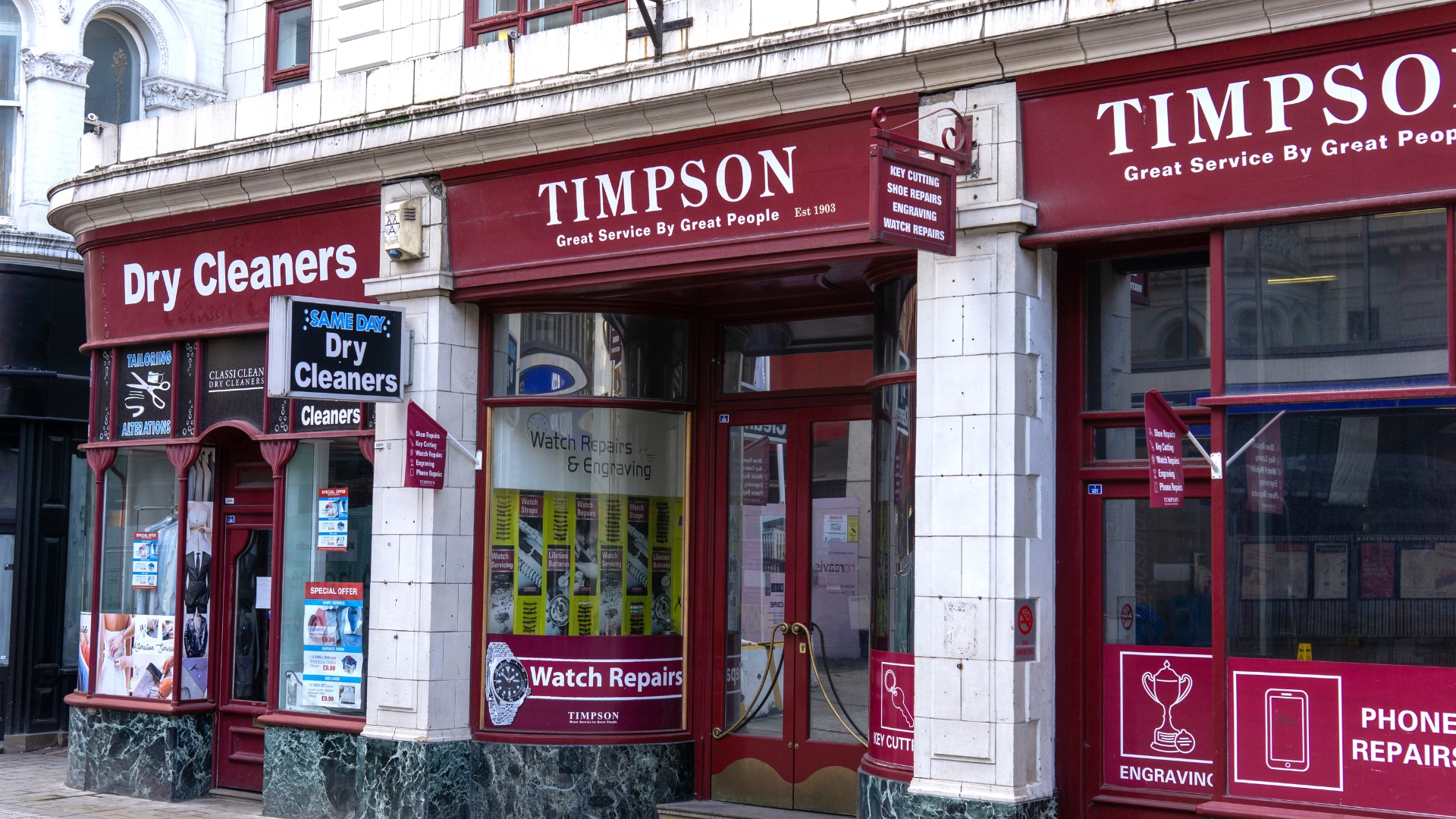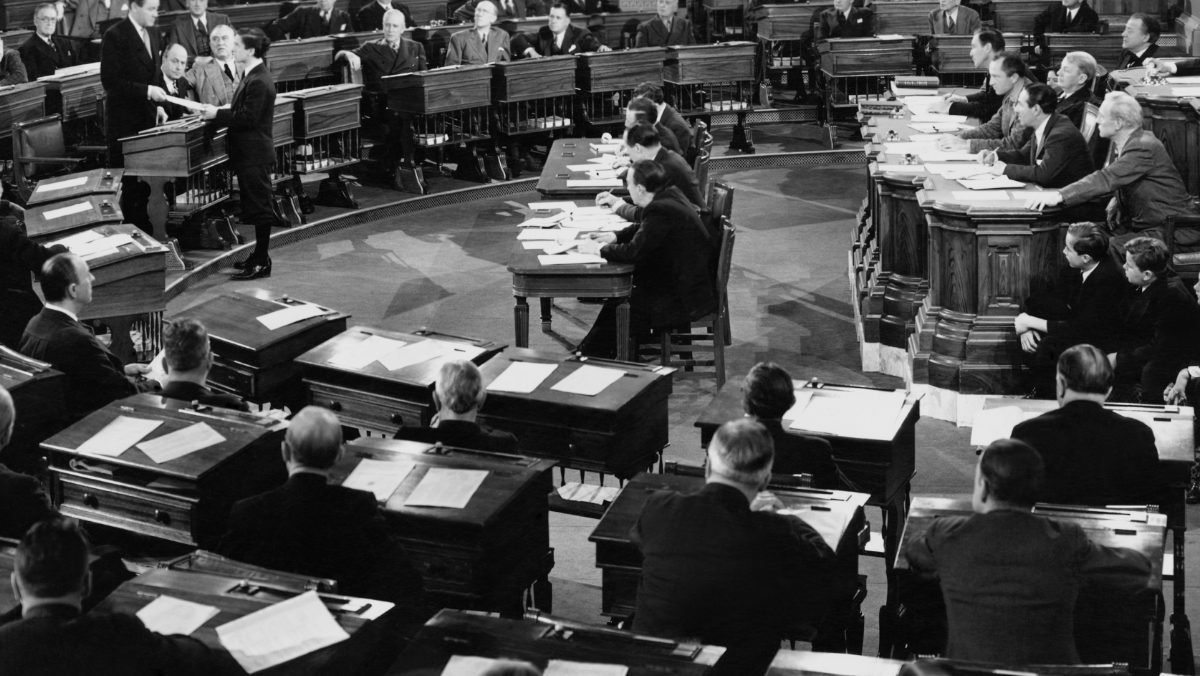In successful organisations, communication flows

What is the future for internal communications? Where can communicators add value to the employee experience and to the business? Liz Bryant discusses how people tasked with the role of ‘internal communications’ and ‘employee experience’ can be more human, do less and do it better.
The role that internal communications plays in creating the right employee experience in an organisation has shifted dramatically in the last few years. Only a decade ago, the role of internal communications was crystal clear. Headed by a Director of Internal Communications, the function was like an internal advertising and communications agency: identify the broadcast channels, develop content according to business needs, broadcast content, measure ‘engagement’, rinse and repeat.
The digital revolution bought a slew of new shiny channels (The intranet! Digital signage! Apps!). Then web 2.0 landed (remember that?), and anyone could comment on intranet posts.
Then came the rise of social media inside organisations, using platforms including Yammer and, latterly, Workplace by Facebook, and here we are. A totally transformed landscape in rapidly transforming organisations. From command and control, top-down, traditional organisations, we have moved to adaptive, networked organisations where the flow of information is paramount – not the broadcasting of information.
Now, instead of being the single version of the truth, or carefully curated leadership visibility, the output from internal communication teams is often more content in a sea of content, competing with all the relevant (and utterly irrelevant, but very entertaining) content available elsewhere at your desk or on your smartphone. A recent UK Insight study reported that 60% of employees wilfully ignore internal communications until they are personally brought to their attention.
There are parallels between this shift in internal communications and shifts in customer communications. For customer communications, the proliferation of channels and the rise of social media led to the shift in spend from broadcast (TV, print) to digital, then a focus on social media, influencers, and now to experiences. This trend is being mirrored with employee communications.
Communicators waiting for those at the top to ‘cascade’ information are already losing attention, relevance, and speed to market. They are losing valuable input and insight from those speaking daily to customers, and losing the confidence of the organisation that they have a real sense of what is going on in the business and the wider market.
In this context, what is the future for internal communications? Where can communicators add value to the employee experience and to the business? I see the role for people tasked with ‘internal communications’ and ‘employee experience’ to be more human, do less and do it better.
Be more human
Here at The Team, we have noticed a significant shift in the last 12 months; many of our clients want to listen – really listen – to their employees. Not just by sending them a 50-question survey, test them on the values, or see if they can tell you what the vision and mission are, but to open up a conversation and find out more about the real employee experience.
This is a noticeable shift that demonstrates a significant appetite to make real change. Of course, we’ve always spoken to employees throughout an organisation, but it is usually in the context of a specific campaign. These more recent, broader-ranging, real conversations, designed and facilitated using behavioural science techniques, have been game-changing for the employees and the organisation.
Arguably, a critical, emerging role of internal communications and employee experience teams is to facilitate and analyse the themes from these conversations, support leaders to listen and converse in this way, and to communicate what has been heard and any resulting action. And, of course, these sessions also give you amazing insight into how to frame any other communications, because you have a deep and genuine understanding of your audience.
Recent research has shown that this transformation in leadership mindset – one of openness, inspiring conversations around purpose and encouraging flow of knowledge, drives the most significant changes in performance for organisations.
Transformation in leadership mindset – one of openness, inspiring conversations around purpose and encouraging flow of knowledge, drives the most significant changes in performance for organisations.
Do less
We’re all familiar with the employee lifecycle. Those critical experiences which an employee has, including recruitment, onboarding, performance management, reward, learning and development. These experiences lean heavily on the collaboration between IC and HR and offer up opportunities to differentiate your employee experience.
There are also the organisation-critical moments – a new CEO, reporting results, strategy communication, crisis communication – all of which represent a moment in time to create an experience that communicates more to your people than simply information. How you create these moments and experiences communicates as much as what you say.
Finally, there are the individually critical moments. The great days we have at work – when we put new skills into practice and it pays off, when we have an epiphany, when we make a connection with a customer or colleague, or when we are promoted. The bad days we have at work – when it feels like pushing treacle uphill just to get a project off the ground, when we fail, when we have a disagreement with a colleague. These are the moments where people leaders must to excel, to be able to support and coach employees through the highs and the lows, to keep them connected to the purpose of the organisation, and to help them see the wood for the trees.
Then, there is the never-ending list of everything else you get asked to get involved in. Where will you prioritise your energy and resources? Be crystal clear that everything you do is adding to the employee experience, not muddying the water.
Do it better
It is said that customers don’t measure their experience with you against your competitors (as you see them), they measure their customer experience against the best customer experience they have ever had. Customers are sector agnostic.
It is said that customers don’t measure their experience with you against your competitors (as you see them), they measure their customer experience against the best customer experience they have ever had.
Employees are no different. They don’t measure all of your communications and experiences against others they have had as an employee; they measure it against every communication they have ever seen, and every experience they have had. If you are not doing it as well as their favourite consumer brand, then why not? That takes courage and risk taking, all of which is often in short supply in the corporate world where nobody wants to put their job at risk.
I’m not advocating pushing the boat out on every single piece of communication, but don’t consider that ‘internal communications’ gives you a lower bar. It doesn’t. Challenge yourself to create entertaining, exciting and innovative communications and experiences. If you wouldn’t be happy for a paying customer to receive it, then don’t fob off your people with it.
Too often, internal communications is seen as a service inside an organisation. I believe that the role of internal communications has shifted so far that ‘internal communications-as-a-service’ is now fundamentally flawed. Internal communications as a strategic partner? Yes. Employee experience as critical to performance? Yes. Creating broadcast content for people who demand it? No.
Be more human, do less and do it better.





